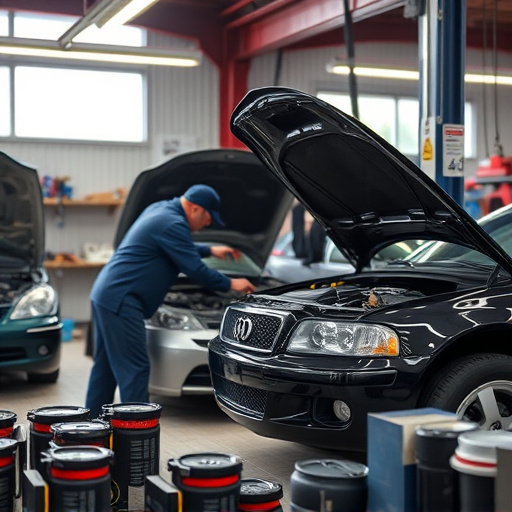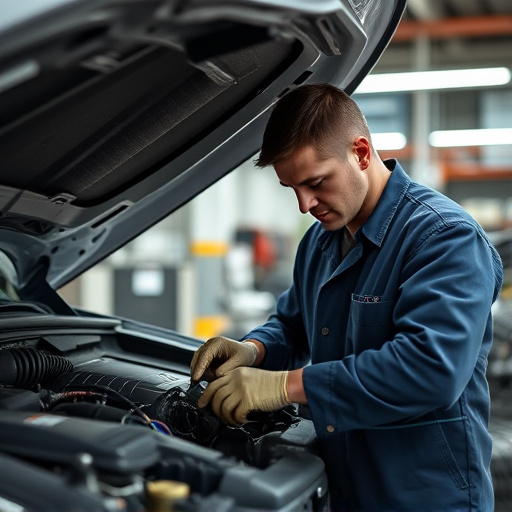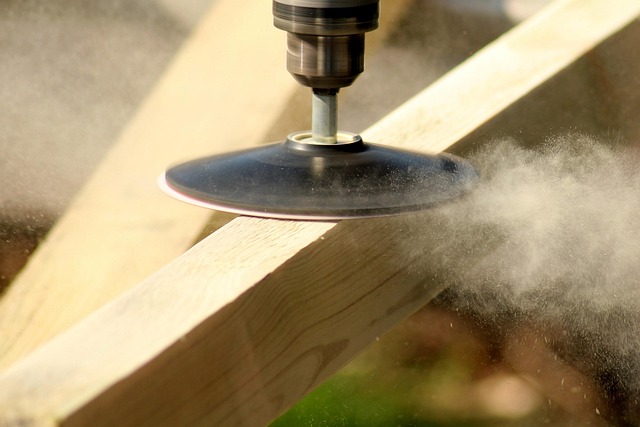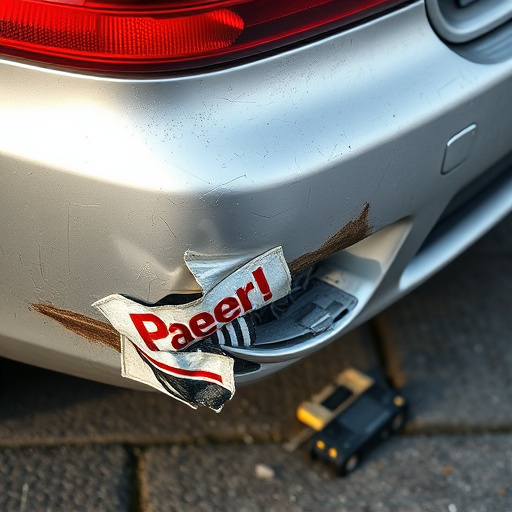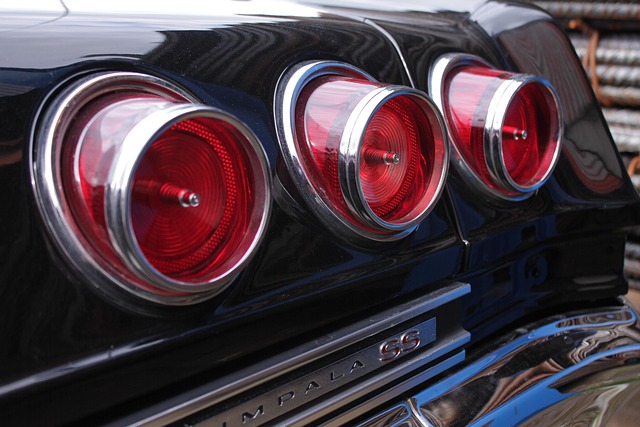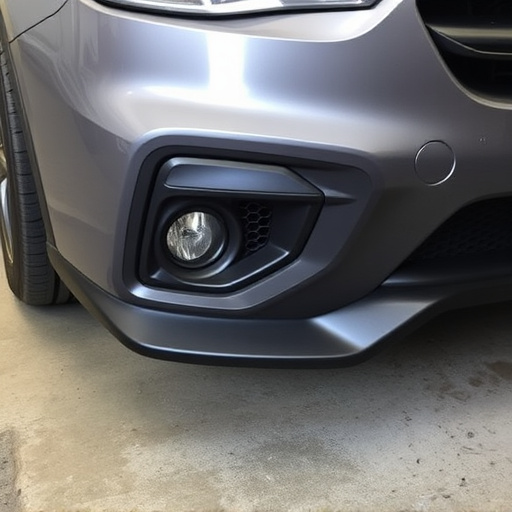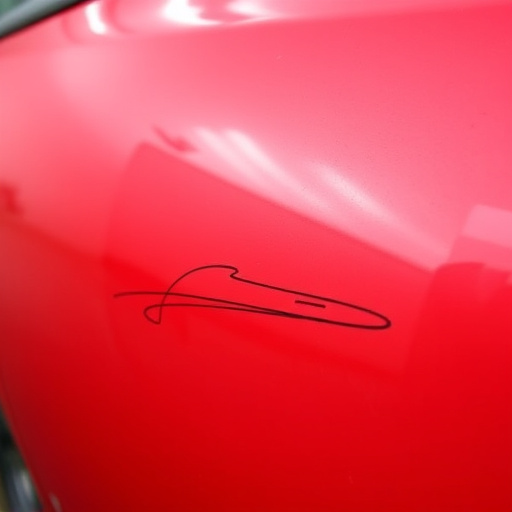Overcurrent events in Tesla charging ports, caused by factors like excessive current draw, physical damage, environmental exposure, and manufacturing defects, lead to internal damage requiring specialized Tesla charging port repair. Prompt repair is crucial for preventing further complications and ensuring seamless charging performance for luxury vehicle owners. Thorough assessments, heat treatment, welding, and root cause identification are key strategies in effective repairs, adhering to Tesla's high standards.
In today’s electric vehicle landscape, reliable Tesla charging port repairs are crucial for seamless ownership. This article delves into understanding the root causes behind Tesla charging port failures, particularly overcurrent events, and their detrimental effects. We explore common triggers such as power surges and faulty wiring, offering insights into effective repair strategies to restore your vehicle’s charging capabilities. By addressing these issues promptly, Tesla owners can ensure uninterrupted access to efficient electric vehicle charging.
- Understanding Tesla Charging Port Failures
- Common Causes of Overcurrent Events
- Effective Repair Strategies for Charging Ports
Understanding Tesla Charging Port Failures
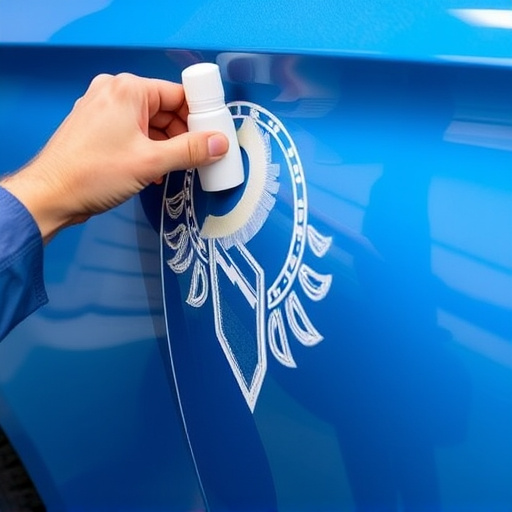
Tesla charging port failures can be attributed to a variety of factors, often stemming from overcurrent events such as sudden power surges or excessive loadings. These occurrences can lead to damage within the charging port and its surrounding components, requiring a Tesla charging port repair. Over time, frequent use and exposure to environmental elements can also contribute to wear and tear, causing issues with connectivity and charging efficiency.
Understanding these failure modes is crucial for both car owners and automotive repair professionals. For instance, in cases of car collision repair where significant force is exerted on the vehicle’s body, the charging port might sustain damage necessitating specialized fender repair techniques to ensure proper restoration and continued safe operation. Prompt recognition of such issues is essential to prevent further complications, ensuring a seamless and efficient Tesla charging experience.
Common Causes of Overcurrent Events
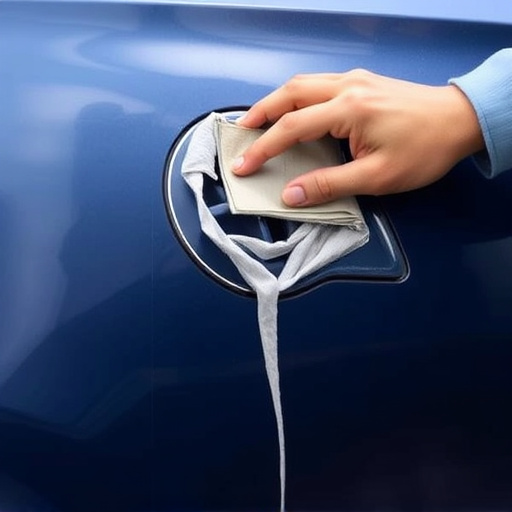
Overcurrent events in Tesla charging ports can be attributed to a variety of factors. One common cause is excessive current draw from connected devices that exceed the port’s rated capacity, leading to overheating and potential damage. This often occurs when charging high-power devices like electric vehicles or using incompatible chargers that cannot regulate current flow effectively. Another significant contributor is physical damage or debris accumulation within the port, impeding proper connections and triggering safety mechanisms to interrupt charging.
Additionally, manufacturing defects or poor quality components can lead to overcurrent events. Over time, wear and tear on internal wiring and connectors can cause resistance buildup, leading to increased current flow and subsequent overheating. Moreover, environmental factors such as exposure to moisture or extreme temperatures can compromise the integrity of the charging port, making it more susceptible to short circuits and overcurrent situations, underscoring the need for regular maintenance and prompt Tesla charging port repair for luxury vehicle owners.
Effective Repair Strategies for Charging Ports
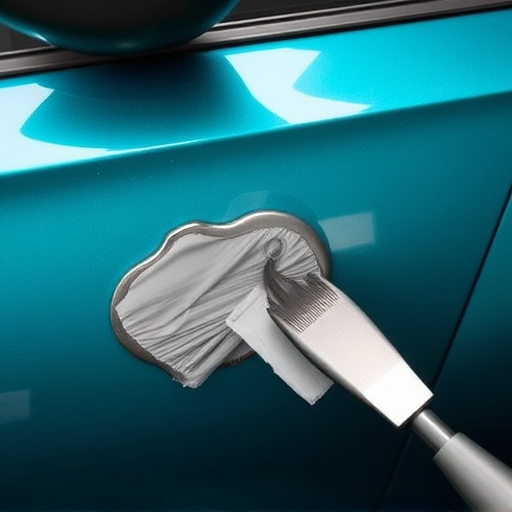
When it comes to repairing Tesla charging ports after overcurrent events, effective strategies are essential to ensure optimal performance and safety. The first step involves assessing the damage, which can range from minor cracks to more severe deformities. Many auto body shops equipped with specialized tools and expertise can handle these repairs, offering precision and quality that match the vehicle’s high standards.
For instance, an auto repair near me might employ a combination of heat treatment and precise welding techniques to realign and reinforce the charging port. This ensures not only structural integrity but also maintains the connection’s reliability. Moreover, automotive repair services can provide detailed inspections to identify any underlying issues that could have contributed to the overcurrent event, preventing future occurrences.
In conclusion, addressing Tesla charging port failures, particularly overcurrent events, is essential for maintaining the longevity and performance of electric vehicle ownership. By understanding common causes and implementing effective repair strategies, owners can ensure a reliable and safe charging experience. Prompt action on identifying issues and utilizing specialized repairs are key to keeping your Tesla’s charging system in top condition. Remember, a well-maintained charging port means less downtime and more miles ahead.



